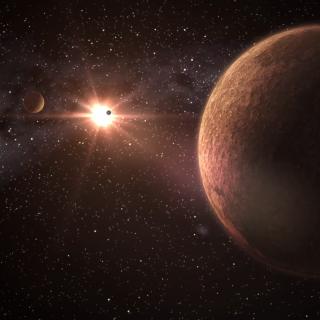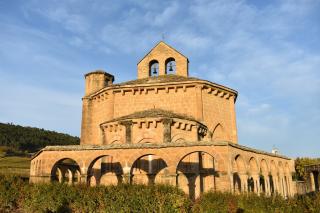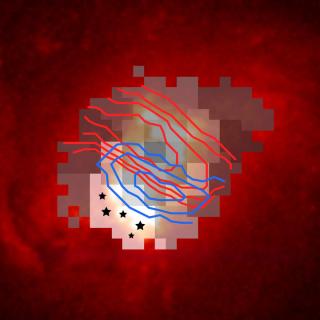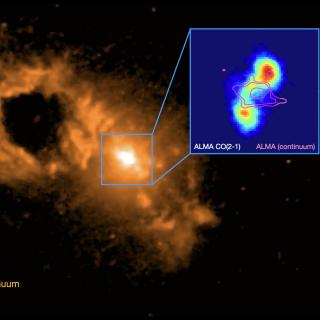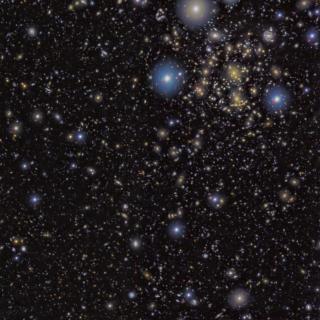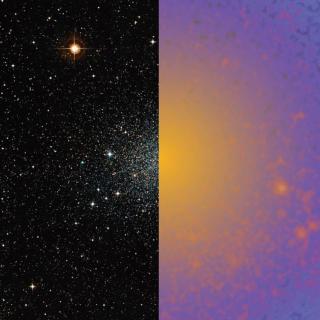
The journal Nature Astronomy publishes today, in its collection of reviews dedicated to dwarf galaxies, a new article written by Giuseppina Battaglia, researcher at the Instituto de Astrofísica de Canarias and the University of La Laguna, and Carlo Nipoti, researcher at the University of Bologna. The study describes the latest results on the search for dark matter in Local Group dwarf galaxies. Dark matter in dwarf galaxies is the subject of a review article published today in the journal Nature Astronomy in its living collection of articles that, from December 2021, is dedicated to the
Advertised on
